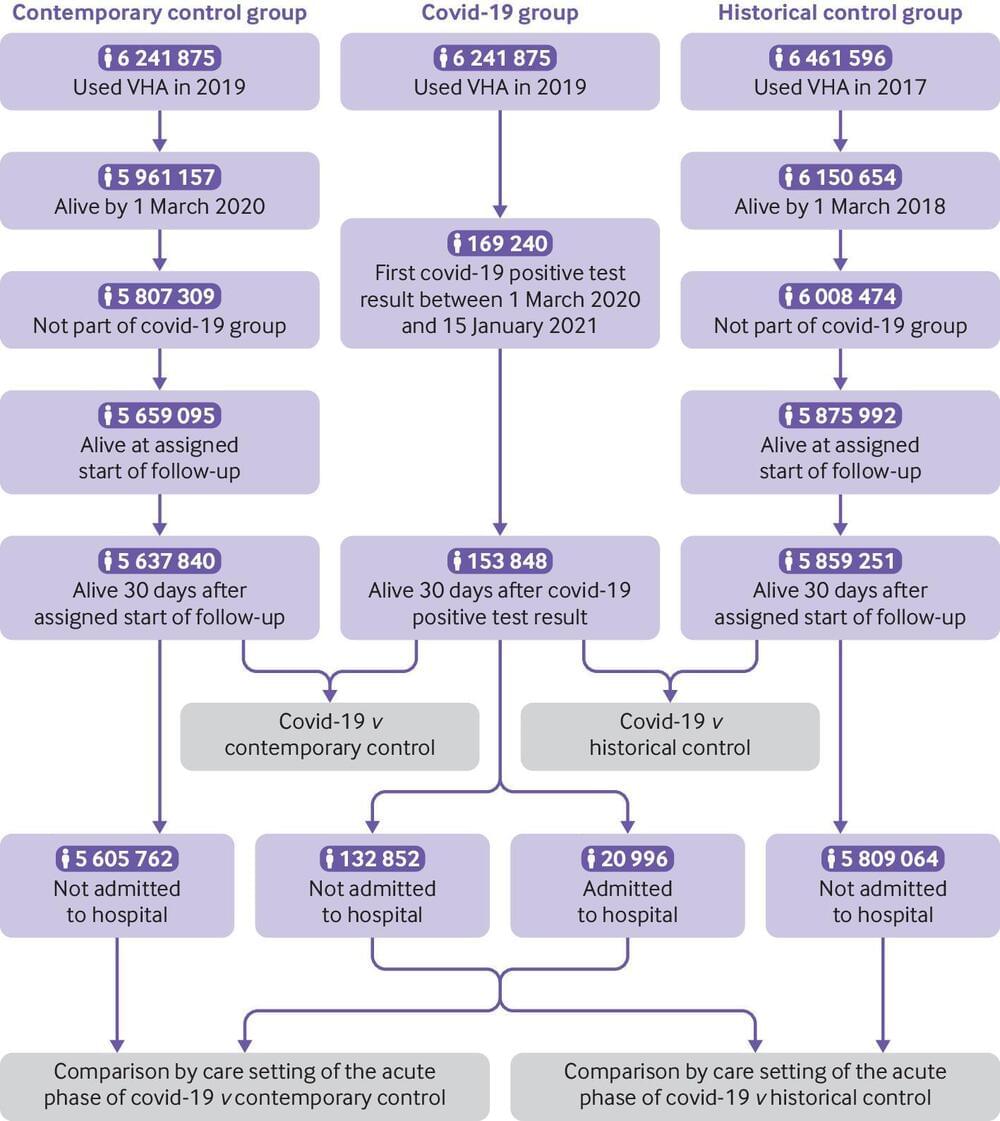Now, that’s a superpower!What if you could speak every language on Earth? You would travel around the globe with ease making new friends everywhere.
The firm is working on building an A.I.-focused universal instantaneous speech translator and it could forever change how we communicate.
A powerful translating A.I.
CEO of Meta Mark Zuckerberg announced this new development during an online event Wednesday. “The ability to communicate with anyone in any language — that’s a superpower people have dreamed of forever, and A.I. is going to deliver that in our lifetimes,” he said.
The U.S. is pinning its hopes in the race for energy supremacy in a low-carbon world on startups like Ion Storage Systems, which is aiming to build a better battery.
A new therapy called CINDELA (Cancer-Specific InDel Attacker) is reported by scientists in South Korea, which uses CRISPR-Cas9 to kill cancer cells without harming normal tissues.
The thousands of defunct satellites and tons of orbiting space debris necessitate a low-Earth orbit cleanup starting this decade.
Are we alone in the Universe? Billions of dollars are being spent trying to answer that simple question. The implications of finding evidence for life beyond Earth are staggering. The “before and after” mark would punctuate human history.
Mars is currently the most popular exploration target to search for evidence of life elsewhere. Yet little is known about its early history. Our research on a Martian meteorite provides new clues about early surface conditions on the red planet.
Today Mars is cold and inhospitable. But it may have been more Earth-like and habitable in a bygone era. Landforms on Mars record the action of liquid surface water, perhaps as early as 3.9 billion years ago.
After a few dubious claims from Model Y reservation holders that they had received a VIN from Giga Texas, it looks like the first legitimate Austin VIN has been assigned today.
The lucky reservation holder is Jared Wolny, who shared a screenshot from his mobile app on Facebook showing a VIN from Giga Texas – 7SAYGDEF9NA000137.
The important digit in the VIN is the A in the 11th position, which signifies it comes from Austin, and not Fremont (F).
New research reveals that electrolysis does work at lower gravitational levels. The findings could support the idea that humans could travel to Mars, use the planet’s resources to refuel, and return home.
The Neuro-Network.
𝐑𝐞𝐬𝐞𝐚𝐫𝐜𝐡𝐞𝐫𝐬 𝐝𝐢𝐬𝐜𝐨𝐯𝐞𝐫 𝐧𝐞𝐰 𝐢𝐧𝐟𝐨𝐫𝐦𝐚𝐭𝐢𝐨𝐧 𝐚𝐛𝐨𝐮𝐭 𝐭𝐡𝐞 𝐞𝐟𝐟𝐞𝐜𝐭𝐬 𝐨𝐟 𝐬𝐥𝐞𝐞𝐩 𝐨𝐧 𝐭𝐡𝐞 𝐡𝐮𝐦𝐚𝐧 𝐛𝐫𝐚𝐢𝐧
𝙐𝙣𝙞𝙫𝙚𝙧𝙨𝙞𝙩𝙮 𝙤𝙛 𝙊𝙪𝙡𝙪 𝙁𝙪𝙣𝙘𝙩𝙞𝙤𝙣𝙖𝙡 𝙉𝙚𝙪𝙧𝙤𝙞𝙢𝙖𝙜𝙞𝙣𝙜 𝙧𝙚𝙨𝙚𝙖𝙧𝙘𝙝 𝙜𝙧𝙤𝙪𝙥 𝙝𝙖𝙨 𝙛𝙤𝙧 𝙩𝙝𝙚 𝙛𝙞𝙧𝙨𝙩 𝙩… See more.
The University of Oulu Functional Neuroimaging research group has for the first time succeeded in describing how the various types of pulsations in the human brain change when a person sleeps.
Objective To estimate the risks of incident mental health disorders in survivors of the acute phase of covid-19.
Design Cohort study.
Setting US department of veterans affairs.
Participants Cohort comprising 153 848 people who survived the first 30 days of SARS-CoV-2 infection, and two control groups: a contemporary group (n=5 637 840) with no evidence of SARS-CoV-2, and a historical control group (n=5 859 251) that predated the covid-19 pandemic.









